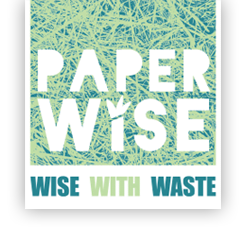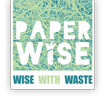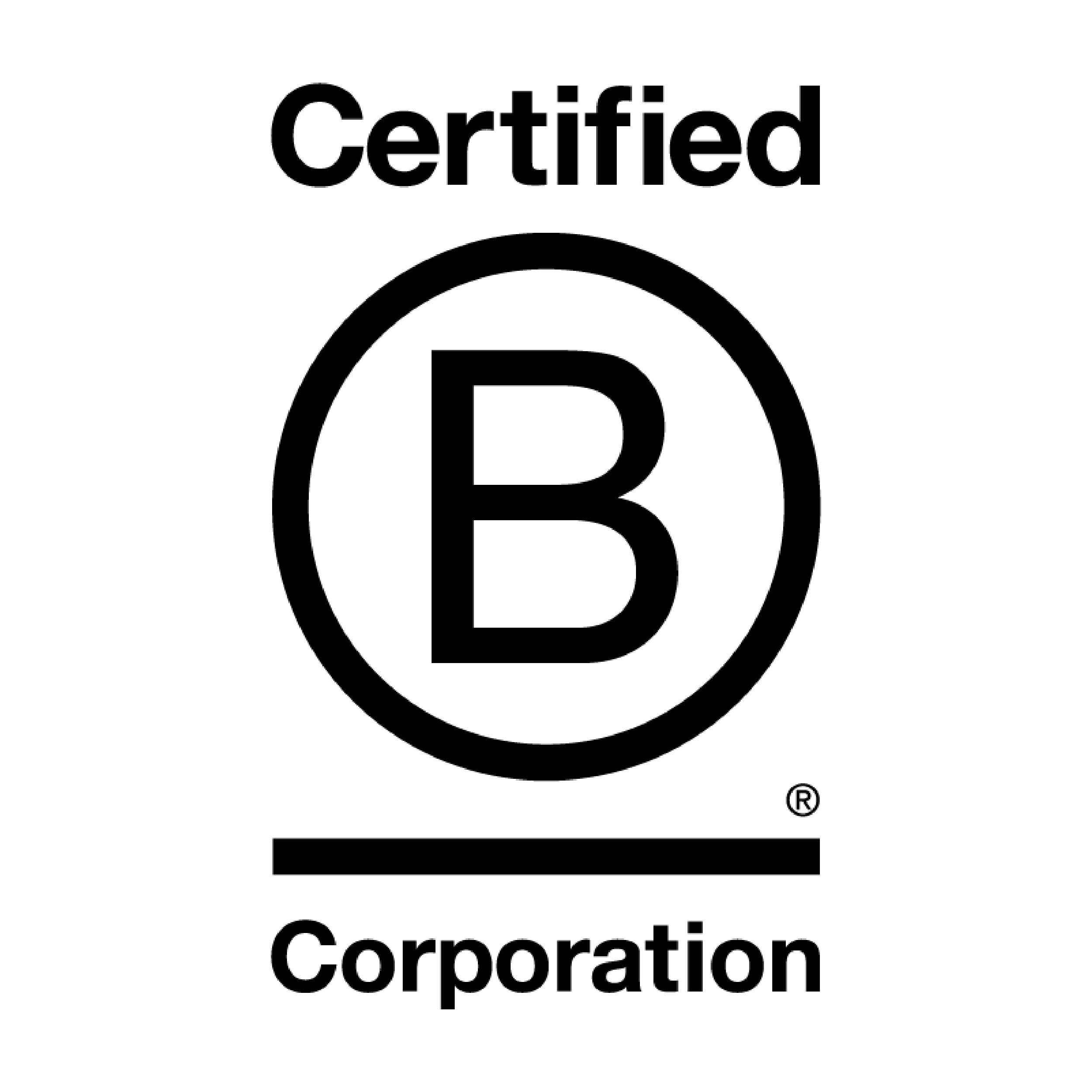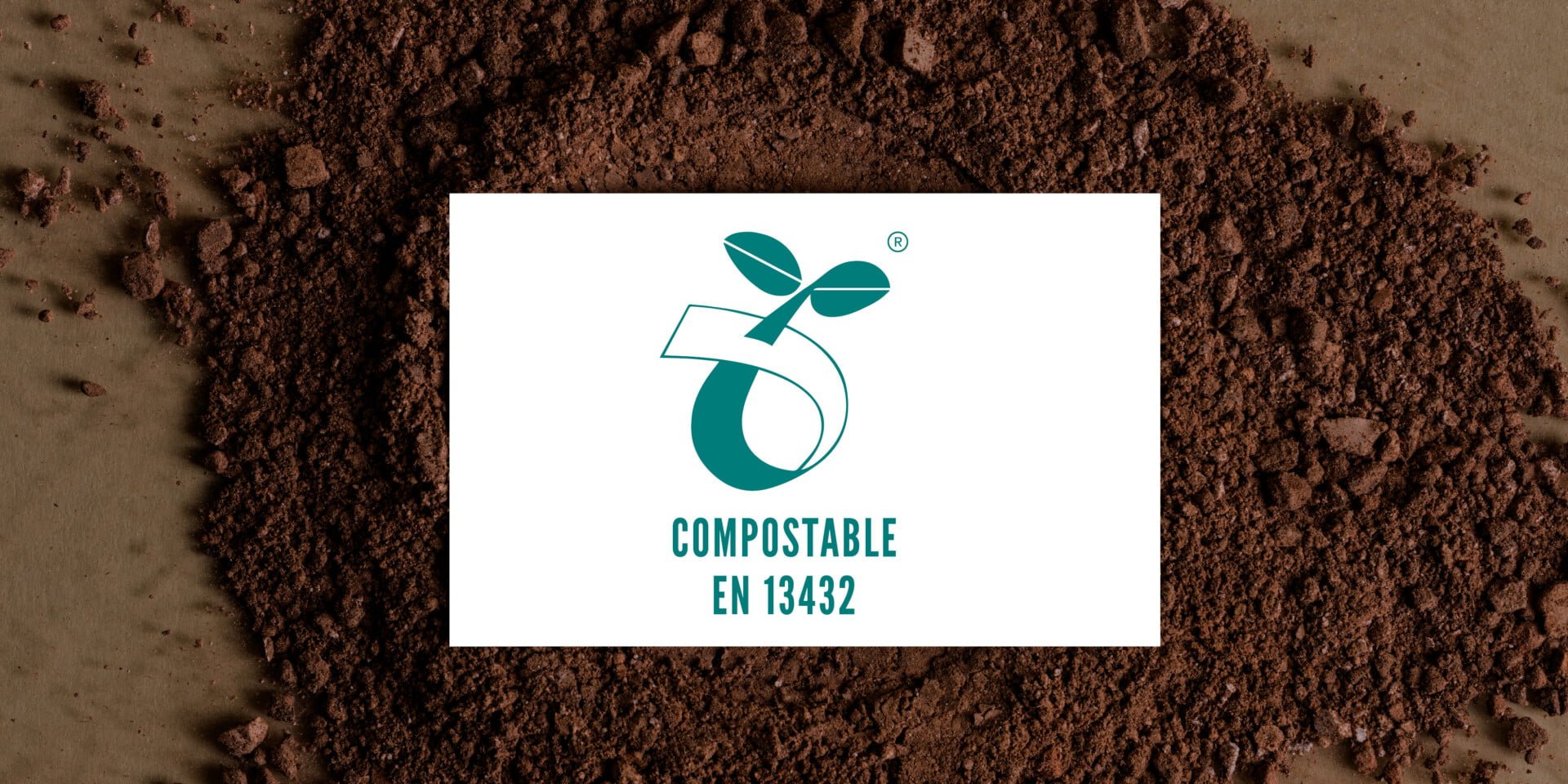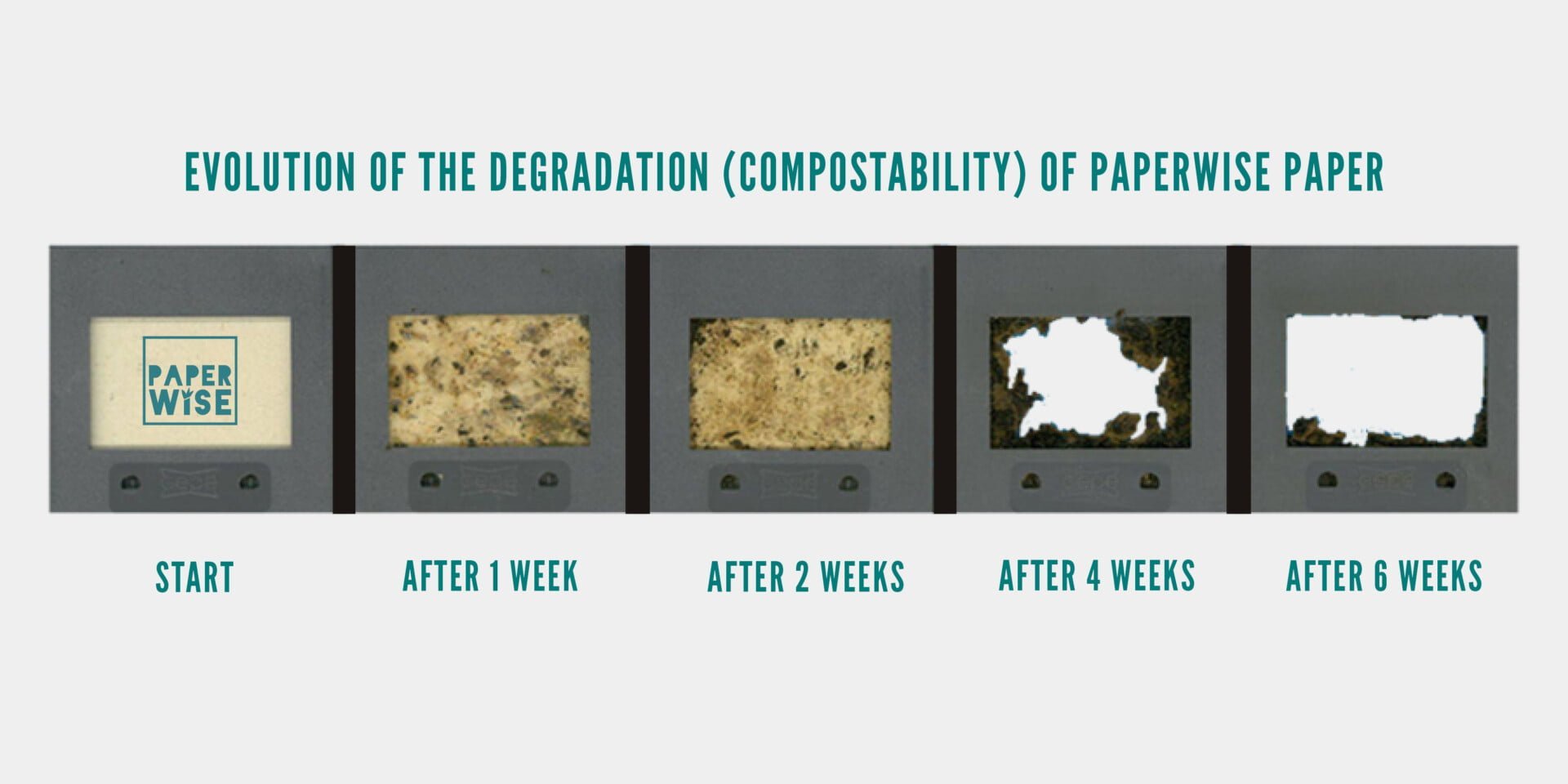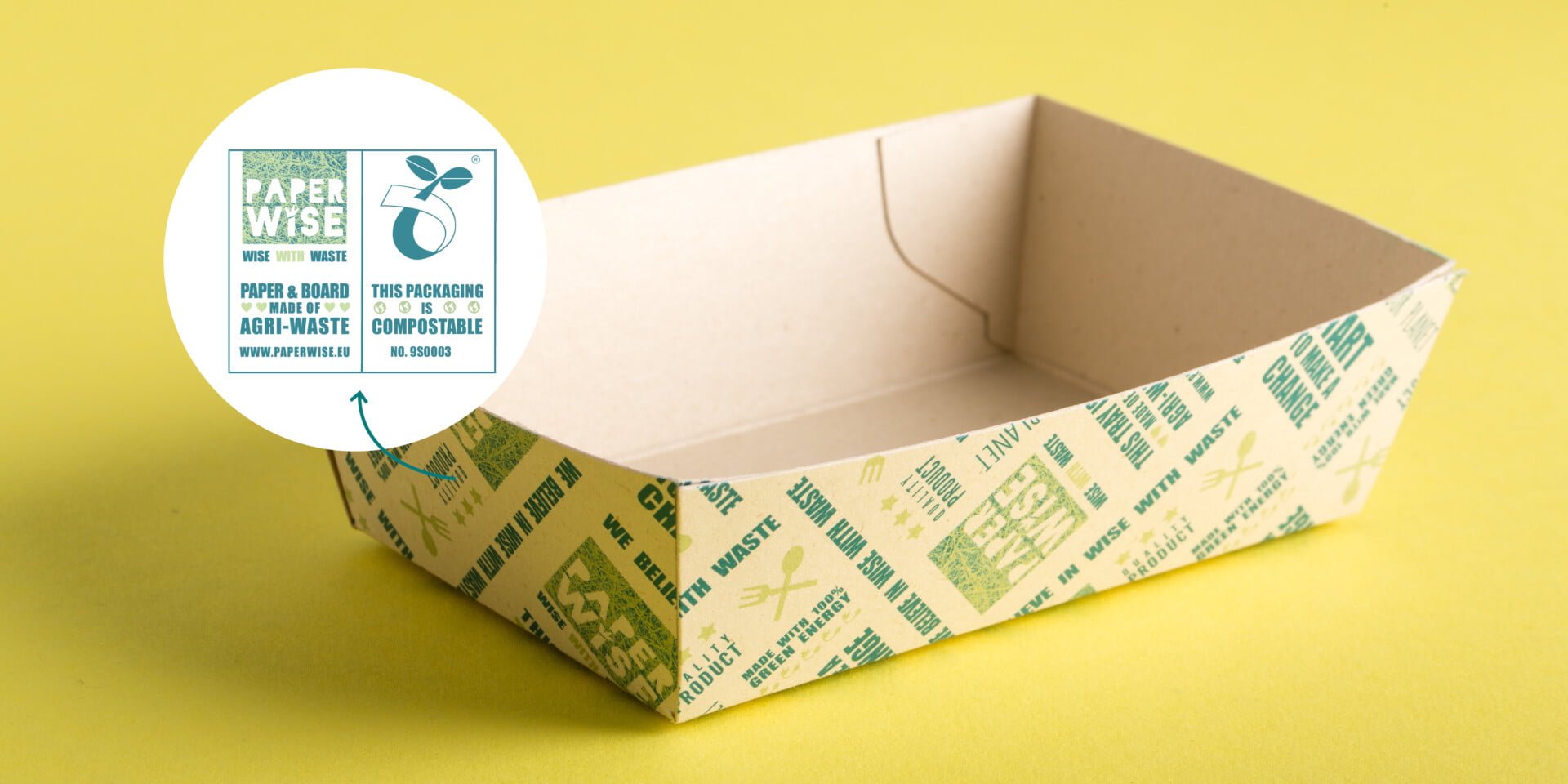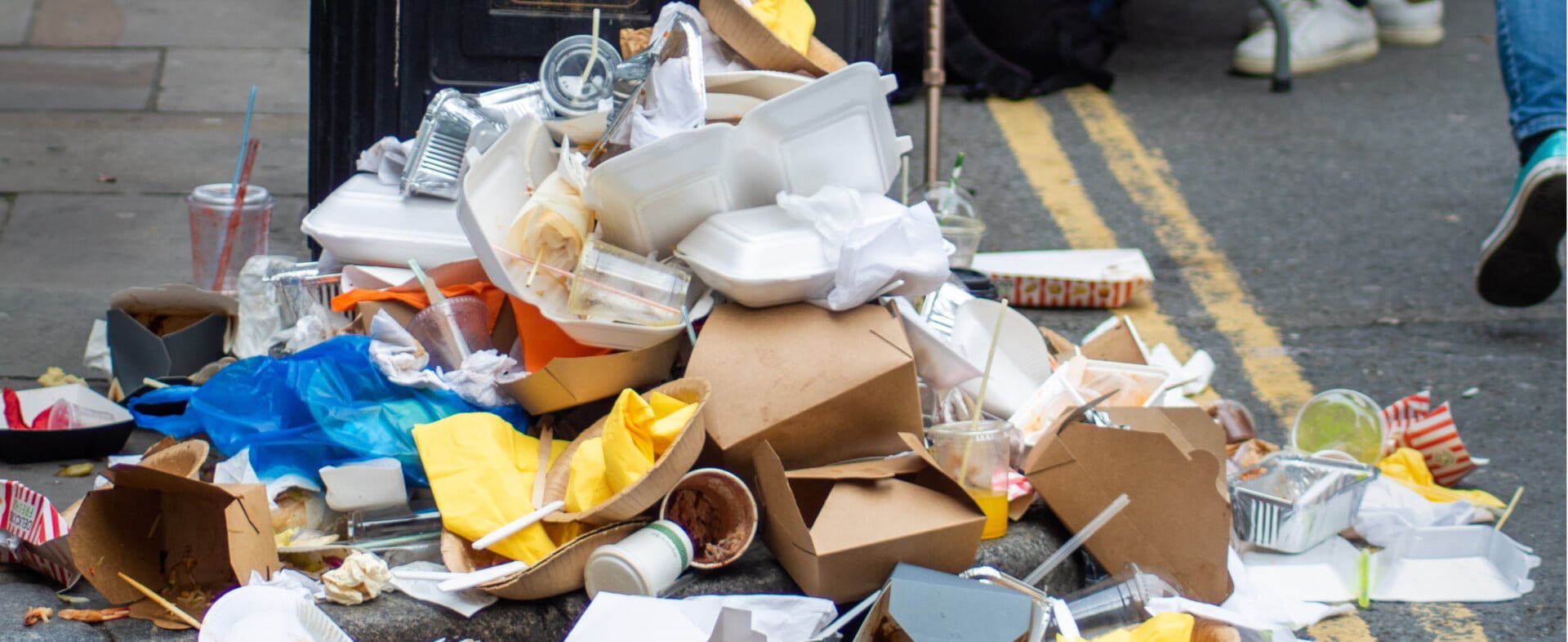
A beach that is littered with French fries and snack trays after a beautiful summer’s day. A park littered with plastic cups after an event. Unfortunately, it happens all too often. Even that discarded banana peel, which appears to be natural waste but still has a non-degradable sticker on it, pollutes our living environment. With an ever-increasing amount of plastic and other hard-to-degrade litter, the realization has come that things cannot go on like this.
This has led the European Parliament to take action to drastically reduce the use of plastic by companies and consumers. This has happened, for example, with the law prohibiting the free distribution of plastic carrier bags.
Is the composting standard EN13432 the solution for litter?
Within the European Packaging Directive there is also a standard that is used to certify biodegradability: the EN 13432. A standard that more and more companies will have to deal with. What is it exactly, what does it mean for you and how can you comply with it? And can you use it to your advantage?
What is EN 13432?
Words like ‘biodegradable’, ‘bio-based’ or ‘compostable’ are becoming more common as the use of hard-to-degrade materials becomes discouraged. The European standard EN 13432 was created because of the proliferation – and sometimes misleading – of these terms. It specifies which properties a material must possess to actually be considered “biodegradable” or “compostable”. If a material, such as packaging or bags, meets this standard, it means that it can be recycled through biodegradation.
EN 13432 thus says something about the degradability of the material, not necessarily about the raw materials. This difference is important because if packaging materials are bio-based (made from bio-based materials), it does not automatically mean that they are also biodegradable. By using carrier bags or packaging materials that comply with the EN 13432 standard, you can be sure that they are compostable and therefore have a much lower impact on the environment than packaging that does not comply.
Why is EN 13432 important?
First of all, the EN 13432 standard was created to provide clarity once and for all about the compostability of a product. By using an established standard, companies can demonstrate that they are using environmentally conscious materials.
But the underlying reason is even more important. The use of fossil raw materials and energy is a huge burden on the environment. Litter and microplastics are increasingly polluting ecosystems. The EN 13432 standard makes both companies and consumers aware of the degradability of the packaging they use. This awareness is increasing the demand for EN 13432 packaging. This reduces the use of materials that are difficult to degrade, which can drastically reduce the burden on the environment in the long run.
For example, paper and board packaging material that comply with this standard can be degraded within a few months. At the same time, packaging material made of conventional plastic (petroleum-based), of the same size, can take tens of thousands of years to be completely degraded. And during all this time it constitutes a burden for the environment, for flora and fauna. The introduction of the EN 13432 standard enables us to demonstrate that a material leaves a limited footprint.
Who needs to take EN 13432 into account?
The EN 13432 is a standard, not a law. This means that for most companies there is no obligation to use materials that comply with the standard. However, the EN 13432 standard does provide an opportunity to demonstrably use materials that are environmentally friendly. And that’s not an unnecessary luxury. Research by PWC in 2019 showed that almost 30% of Dutch consumers actively look for products with environmentally friendly packaging. Worldwide, that percentage is even slightly higher at almost 40%. The use of environmentally friendly materials can therefore be a distinguishing feature for a product.
In addition, thinking about the origin and biodegradability of materials encourages companies to improve quality and reduce costs. A Harvard Business School study showed that 88% of companies that adapt to a more environmentally friendly standard perform better than those that do not.
The bottom line is that any person or organization that wants to make the move to a smaller ecological footprint and wants to know if the materials being used are environmentally friendly can check that, among other things, by having an EN 13432 certification.
Agricultural waste as a raw material for environmentally friendly packaging
Whereas non-biodegradable materials are a huge burden on the environment, agriculture in turn also leaves behind a large amount of unused natural material. Of many agricultural products, only part of the crop is used. The rest is left behind as waste. In the case of crops such as wheat, barley, rye, rice and sugar cane, only 20% of the plant is used for our food. The remaining 80%, stems and leaves, are largely burned. In incinerators to generate energy or out in the open in developing countries. Leading to all kinds of adverse side effects (smog, particulates, CO2).
PaperWise gives this waste a second life. By using the 80% of agricultural waste as a valuable raw material for paper and board, the farmer earns more, there is no waste of raw materials and moreover, a valuable alternative is created for non-environmentally friendly materials.
PaperWise paper and board made from agricultural waste is treefree, biobased and climate neutral. It has an environmental impact as much as 47% lower than paper from trees, as well as 29% lower than recycled paper. Moreover, PaperWise’s treefree paper and board is made in mills in India and South America, where it provides local employment to communities that desperately need it.
PaperWise’s paper and cardboard complies with the EN 13432 standard, offering an environmentally friendly alternative to hard-to-degrade materials such as plastic. For example, it is used to make packaging materials, cups and disposable containers, which have a much smaller impact on the environment. There are also many different varieties of copying and printing paper made from agricultural waste. Especially for printing companies, PaperWise paper is made from agricultural waste which makes it possible to print in an environmentally friendly way from now on.
Compostable paper and cardboard made from agricultural waste of high quality
If paper and board are made from agricultural waste, and are therefore easily degradable, this does not mean that they are of poor quality. On the contrary. PaperWise’s sheets and reels of paper and board are excellent for processing into sustainable packaging for fruit, vegetables, snack packs, coffee cups, cosmetics, carrier bags and printed matter such as books, magazines and brochures, among other things. Printed colors come out beautifully and the material is moisture, fat and oven resistant.
Many customers already use the environmentally friendly printing and packaging materials from PaperWise, which has become the leading brand in the field of environmentally and socially responsible paper and board from agricultural waste. Finally, the use of the PaperWise logo on packaging shows customers that the material is environmentally and socially friendly.
